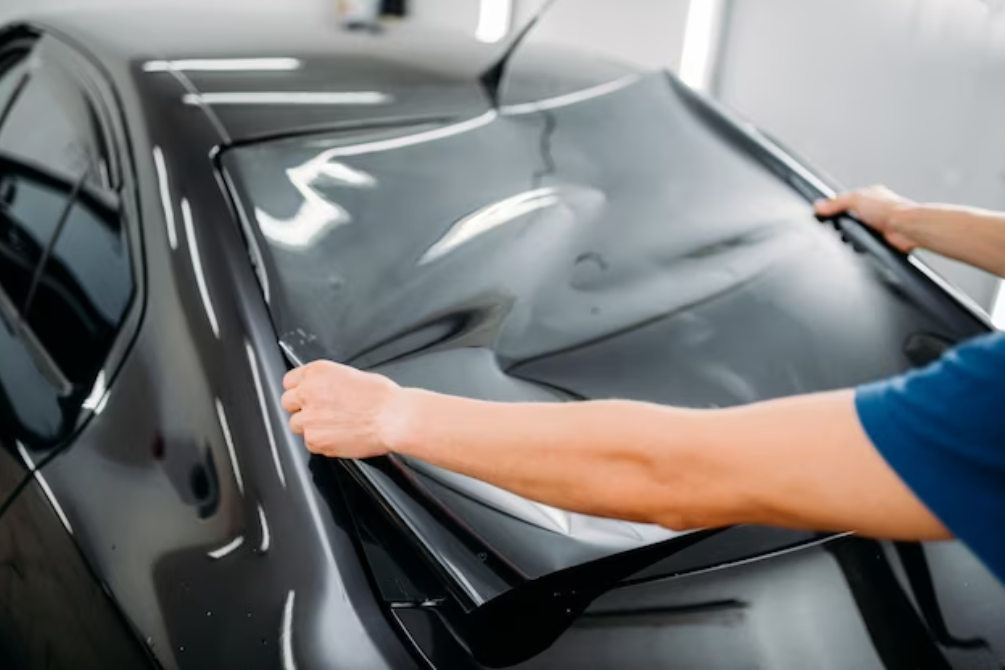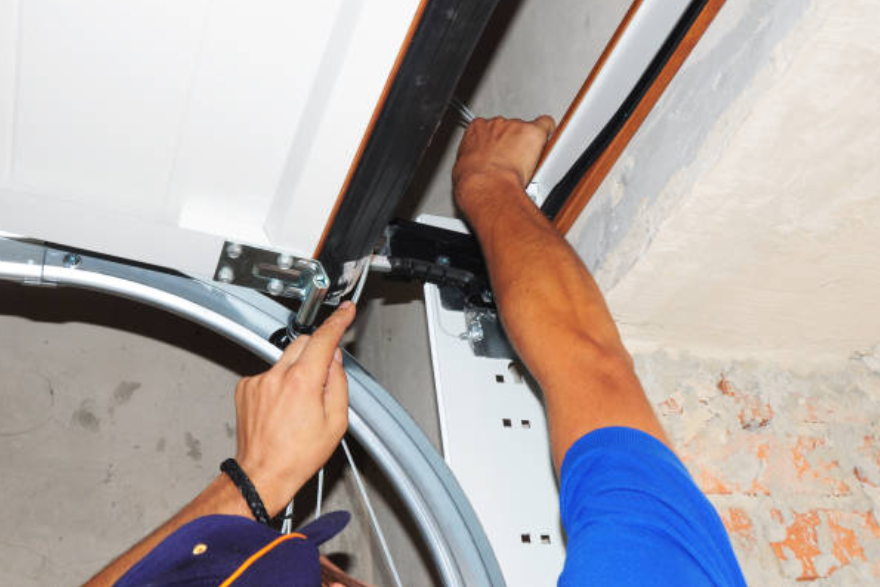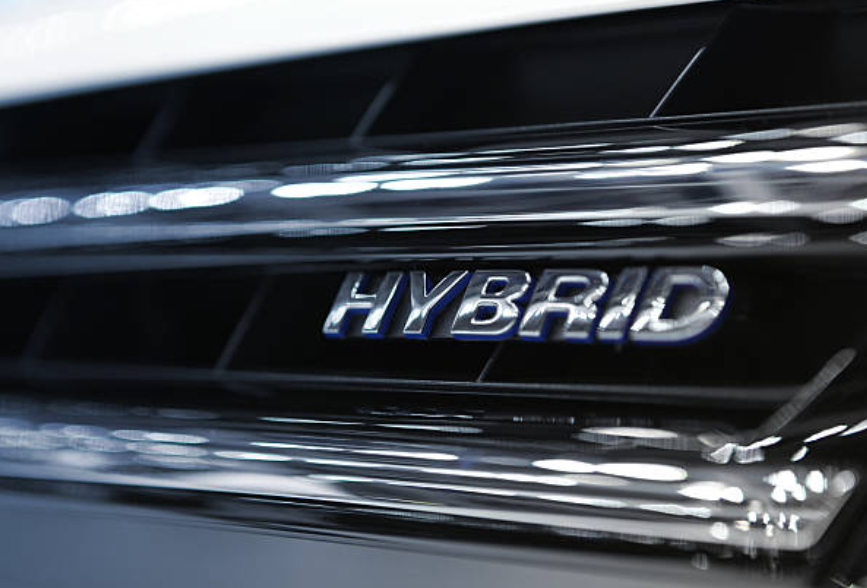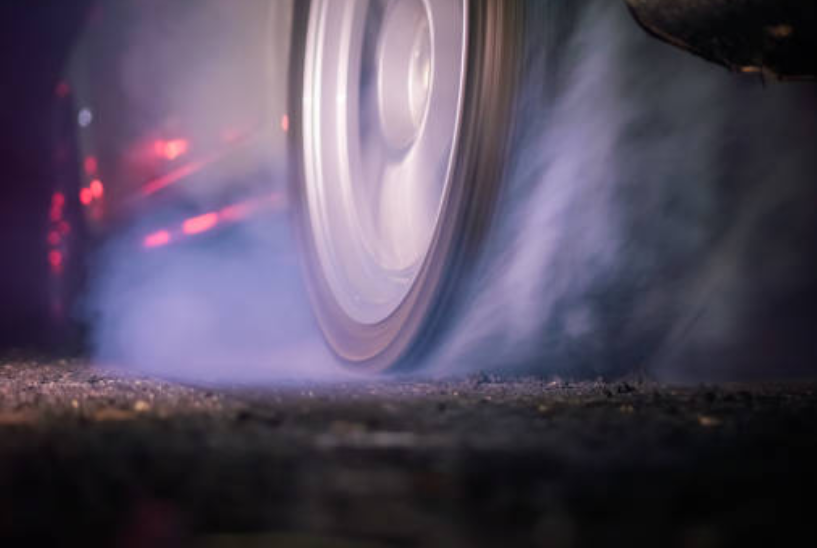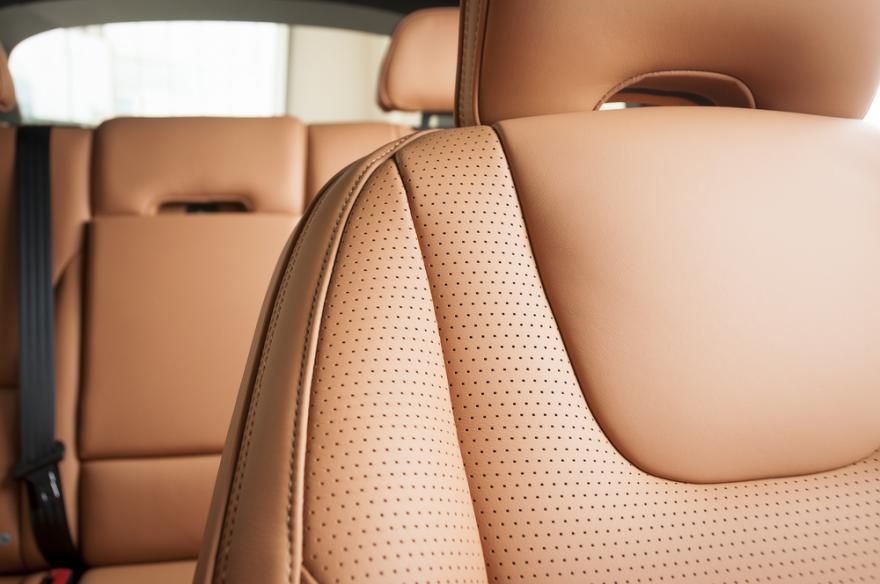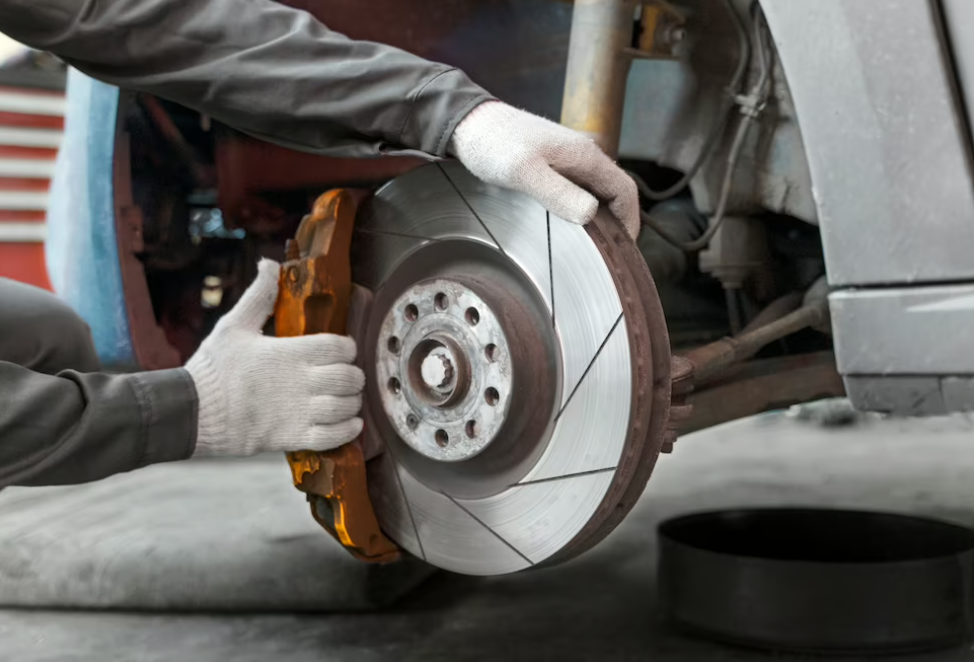The Art of Car Dent Repair
Welcome to our blog post on car dent repair! Whether you're a car enthusiast or an average vehicle owner, dealing with dents on your car can be frustrating. However, fret not, as this comprehensive guide will equip you with the knowledge and techniques to tackle car dent repairs like a pro. From minor door dings to more significant dents, we'll cover various methods and tips to help you restore your car's appearance and value. So let's dive in and explore the art of car dent repair!
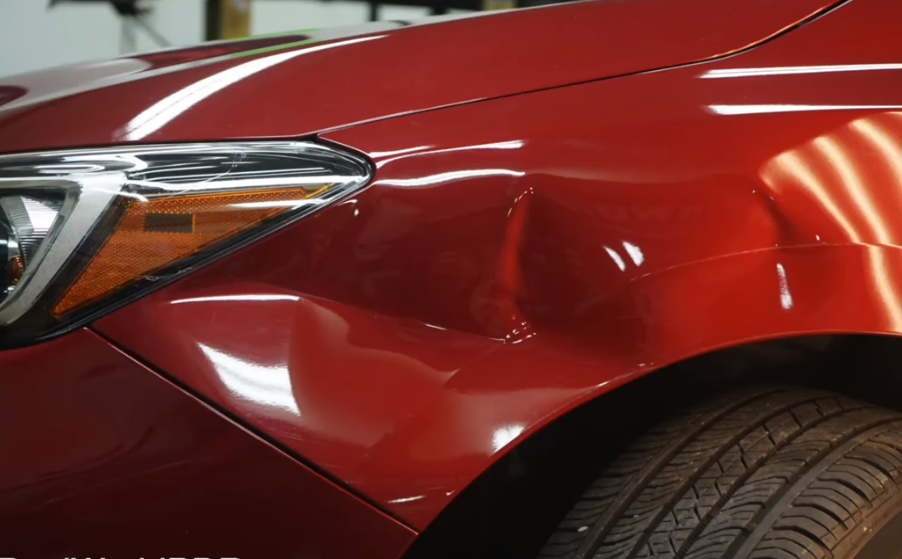
Identifying the Type of Car Dent
Identifying the type of car dent is an important step in the car dent repair process. By carefully examining the dent, you can determine the appropriate repair method and approach. Common types of dents include door dings, creases, hail damage, bumper dents, body line dents, structural dents, and paint damage. Door dings are shallow dents caused by minor collisions, while creases are longer and more defined. Hail damage results in multiple small dents, while bumper dents occur due to low-speed impacts. Body line dents follow the car's design contours, and structural dents involve damage to the vehicle's framework. Identifying paint damage is also crucial as it may require touch-ups or repainting. Understanding the type of dent you're dealing with will help you determine whether you can attempt a DIY repair or if professional assistance is necessary for a successful restoration.

Dent Removal Tools: There are specialized tools designed for dent removal, such as a dent puller, dent lifter, or slide hammer. These tools help apply pressure and pull the dent out gradually.
Body Filler: Body filler, sometimes referred to as Bondo, is a material used to cover dents and smooth the surface. It is crucial to pick a premium filler that clings well to the metal and is simple to shape and sand.
Sandpaper: Different grits of sandpaper are necessary for smoothing out the body filler and preparing the surface for painting. Coarse-grit sandpaper (around 80 to 120 grit) is ideal for removing excess filler, while finer-grit sandpaper (around 220 to 400 grit) helps achieve a smooth finish.
Primer: Automotive primer is applied to the repaired area before painting. It promotes adhesion between the surface and the paint and helps protect against corrosion.
Paint: In order to restore the car's color to its previous state, matching car paint is necessary. Ensure that you receive the exact color code for your car and select the proper paint, whether it be touch-up paint or aerosol spray paint.
Paint Supplies: Along with the paint itself, you'll need supplies like masking tape, plastic sheeting, and newspapers to protect surrounding areas from overspray. Additionally, having clean paint brushes, paint applicators, and a clear coat for added protection is recommended.
Heat Gun or Hairdryer: Heat can be used to help reshape metal and plastic panels. A heat gun or hairdryer can be used to warm up the dent, making it easier to manipulate and pop back into place.
Dent Repair Kits: Dent repair kits often contain a combination of tools such as suction cups, glue tabs, and hot glue guns. These kits are designed for smaller dents and provide alternative methods for dent removal.
Depending on the size and severity of the damage, there are many ways to fix a car ding. You may attempt a few methods at home for mild to major dents. Using a plunger, apply firm pressure and push and pull until the dent pops out. Another method involves applying heat to the dent using a hairdryer or heat gun, then rapidly cooling it with compressed air to contract the metal and restore its shape. For plastic panels, boiling water can be poured over the dent to soften the plastic, allowing you to push it out from the backside. After successfully removing the dent, inspect the area for paint damage and touch up with matching automotive paint if needed. Finally, wax and polish the repaired area for a finished look. For larger or more complex dents, it's advisable to seek professional assistance from an auto body shop.

Proper maintenance is crucial for preserving the condition and appearance of your vehicle after dent repair. Regularly washing your car with gentle automotive soap, applying wax to protect the paint, and avoiding harsh chemicals or abrasive cleaners are essential practices. Parking in shaded areas or using a car cover shields your vehicle from sunlight and environmental elements. Additionally, conducting periodic inspections to identify new dents or scratches, addressing them promptly, and taking preventive measures against rust formation are important steps. Professional detailing and following manufacturer recommendations for maintenance further contribute to the long-term upkeep of your vehicle. By implementing these maintenance practices, you can ensure that your car stays in excellent shape after dent repair, retaining its value and overall appeal.
-
Will my insurance cover the cost of dent repair?
Whether your insurance covers the cost of dent repair depends on your specific insurance policy. Some insurance policies include coverage for comprehensive repairs that cover dents, while others may require you to pay a deductible. Review your insurance policy or contact your insurance provider to determine the coverage for dent repairs.
-
Can I prevent dents from happening?
There are steps you can do to lessen the chance of dents, even if it's hard to totally prevent them. Use parking sensors or rearview cameras for help, park in designated spaces away from busy areas, and be cautious while opening car doors close to other vehicles or objects. Additionally, installing safety accessories like bumper guards or vehicle coverings can add another layer of defense.
View another article here: Top 10 Dash Covers For Ultimate Dashboard Protection



